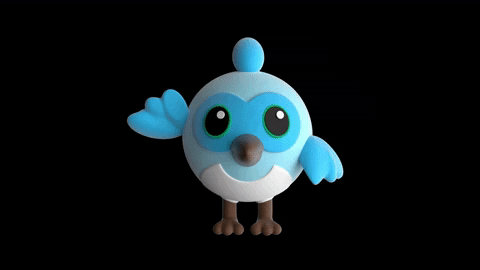Flutter: The Revolution Mobile App Development


Christian Okorie
Frontend Developer
- Blog
- April 29, 2023
- 5:19 pm


History of Flutter
Benefits of Flutter
Flutter offers several benefits that make it an excellent choice for mobile app development. Here are some of the key benefits of using Flutter:


Fast Development: Flutter allows developers to build high-performance mobile apps quickly. It offers a hot reload feature that allows developers to make changes to the code and see the results immediately.
Cross-Platform Compatibility: Flutter allows developers to build apps that run seamlessly on both Android and iOS platforms. This means that developers can write a single codebase and deploy it on multiple platforms.
ENJOYING THE ARTICLE?
Sign up For Our Newsletter
Rich User Interfaces: Flutter offers a wide range of widgets and tools that allow developers to create rich and engaging user interfaces. The framework supports material design and offers a wide range of customization options.
Native Performance: Flutter delivers native performance, which means that the apps developed using Flutter are fast and responsive. The framework uses the Skia graphics engine, which ensures smooth animations and transitions.
Open Source: Flutter is an open-source framework, which means that it is free to use and can be customized to meet specific project requirements. The open-source community also offers a wide range of resources and support, which makes it easier for developers to learn and use the framework
Why Flutter is a Great Framework
Furthermore, Flutter is continually evolving, with Google adding new features and improvements to the framework regularly. This means that developers can expect to see more exciting features and improvements in the future.
In conclusion, Flutter is an excellent framework for mobile app development that offers several benefits. It is fast, cross-platform compatible, offers rich user interfaces, delivers native performance, and is open-source. If you are looking for a framework that can help you build high-performance mobile apps quickly and easily, then Flutter is definitely worth considering.











